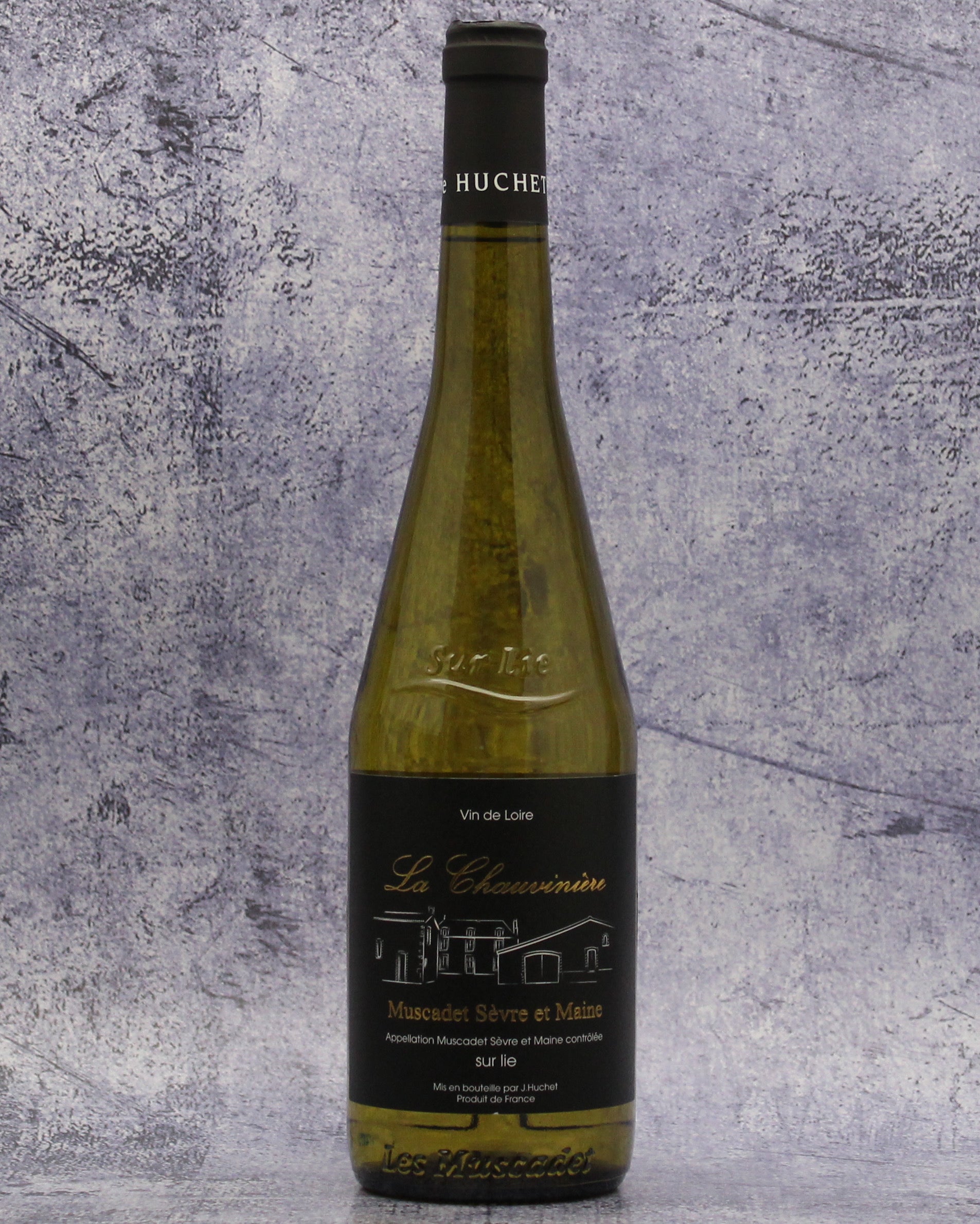Description
From: Muscadet Sevre-et-Maine, Pays Nantais - Muscadet, Loire, France
Varietal: Melon de Bourgogne
Tasting Notes: The wine is light golden with emerald highlights in the glass. The aroma is a delicate blend of white flowers and meadow grasses intertwined with subtle sea nuances. On the palate, it showcases bright notes of pear and lime, accompanied by a distinct mineral character and a bone-dry finish. This offers a classic regional expression with lemon, white smoke, mineral bitters, and salty complexity. The fresh, mineral taste leads to a long, satisfying aftertaste. Light in body and lean in presence, the wine has a taut energy and vibrant acidity.
Pairing: Like all good Muscadet’s, this wine pair with everything from the sea. This isn’t called “oyster wine” for nothing. Fresh oysters, with their briny and salty flavor, complement the wine's minerality and acidity perfectly. Shellfish such as mussels, clams, and scallops, whether steamed, grilled, or served in a light garlic butter sauce, highlight the wine's fresh, crisp notes. Lightly grilled or poached white fish, such as sole, cod, or sea bass, match the wine's lean body and vibrant acidity. The wine's bright pear and lime notes enhance the clean, delicate flavors of sushi and sashimi. A seafood pasta dish with a light cream or olive oil-based sauce and plenty of shrimp or crab complements the wine's salty complexity.A simple goat cheese salad with fresh greens, herbs, and a light vinaigrette plays off the wine's floral and grassy aromas. Light vegetable dishes, especially asparagus, artichokes, or fennel, align well with the wine's fresh, mineral character.
Curry-Laced Moules à la Marinière With Fresh Peas
By Martha Rose Shulman
About. The Huchet family has run the Domaine de la Chauviniere for four generations, and it comes with a rich history. The dwelling, well-situated on the top of a hill along the Maine River, has a chapel. As far back as they can go, writings show that it was a rest home for the missionaries of Saint Clément’s community, attached to the oratory. During the Revolution, Chauvinière was a hiding place for Father Agaisse, a priest who refused to sign the revolutionary agreements and no longer recognized the royalty. The cellars of the monastery, as well as the bourgeois house located on its right, were bought by Jeremie’s great-grandfather Joseph Arnaud (wine grower and miller). His son-in-law Constant Huchet took over the vineyard of 6 Ha in 1945. He farmed the last plantings of young vines until he was 86 years old, and today continues to check on the winery's work with his almost daily tastings.
In 2001, Jérémie Huchet took over the family estate from his father, Yves, an already respected and recognizable winegrower. With the acquisition of the Clos Les Montys at Château de Goulaine (vines planted in 1914), he extended his Château-Thébaud vineyard and, since 2006, has been farming the Château de la Bretesche on the slopes of the Sèvre (gneiss terroir). There are 57 hectares on which Jérémie devotes all his energy.
Sustainable agriculture has been practiced at Jeremie Huchet since he took over, with the estate obtaining certification AB. The parcel "La Templerie" has been certified AB since 2010. Huchet stopped using artificial fertilizers more than 25 years ago, and all cuvees originate from entirely cultivated and plowed vines, forcing the roots to look for minerality in the depths of the terroir.
The terroir of Château-Thébaud (Where the La Chauvinière wines are from) is unique, comprising only about 4% of the appellation, making it a small but distinct area within the Muscadet vineyard. The soil is shallow, ranging from 20 to 30 cm deep, and consists of coarse elements like sand, gravel, and pebbles. This hot, well-drained soil ensures early budding of the vines. The underlying bedrock, known as the granite of Château- Thébaud, is vertically faulted and highly fractured, allowing vine roots to penetrate deeply. This deep rooting enables the vines to access water and minerals consistently, resulting in perfectly ripe grapes with a beautiful sugar and acid balance.

